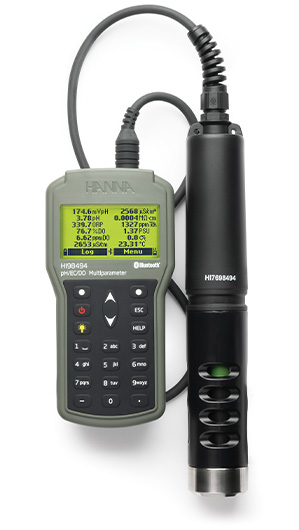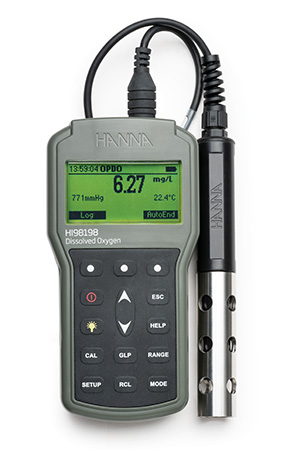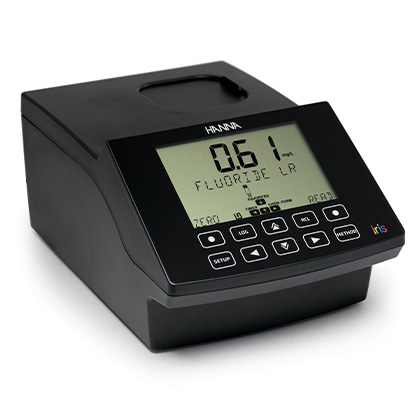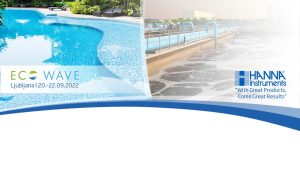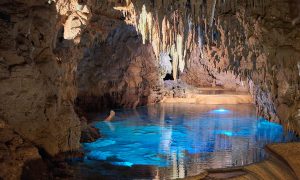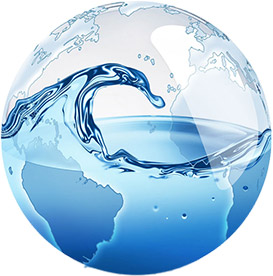
The world as we know today was shaped by a global evolutionary regime and it had it’s beginning right there, in the oceans.
If we look at the oceans as Earths reservoirs of water, and we know that this “reservoir” makes approximately 96.5 percent of all Earth’s, than we can be fully aware that all this rapidly moving changes could really change our lives and that our children someday could lead totally different lives than we did.
Not only that this water helps to regulate the Earth’s climate and atmosphere, it also provides a habitat for life to more than 80% of all Earth species. This wonderful biodiversity in oceans ranges from a variety of microscopic organisms to the largest animal in the world – the blue whale.
The effects of global warming are our present now, and the curve of acidification is progressive. We have to act now in order to give ourselves time to plan and adapt, so we could anticipate the future social, economic and environmental costs to society.
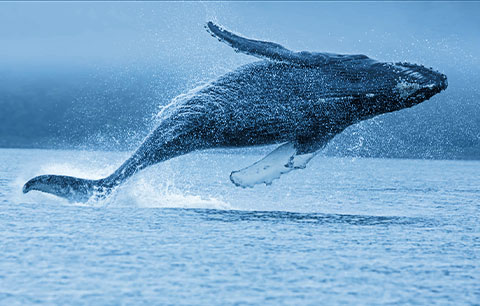
The Mediterranean Sea is a particularly unique ecosystem and the reduction of pH may result in loss of Mediterranean marine biodiversity, not to mention social economic issues for the inhabitants of Mediterranean coast.

Global warming happened gradually, mainly in a period following the Industrial Revolution and is caused by a human activity, primarily the burning of fossil fuels that pump carbon dioxide (CO2) and other greenhouse gases into the atmosphere. As one of the effects is particularly the temperature, aka heating of the atmosphere, oceans and Earth’s surface.
These effects are very much measurable and in many cases visible.
“Acidification is basically defined as the worldwide reduction in the pH of seawater as a consequence of the absorption of large amounts of carbon dioxide (CO2) by the oceans. “
Changes in seawater chemistry
The absorption of CO2 largely results from the dissolution of the gas into the upper layers of the ocean. When CO2 dissolves in seawater, it creates carbonic acid (H2CO3) and liberates H+, which subsequently reacts with carbonate ions (CO32−) and aragonite (the stable form of calcium carbonate) to form bicarbonate (HCO3−). In present seawater is extremely rich in dissolved carbonate minerals. However, as ocean acidity increases, carbonate ion concentrations fall.
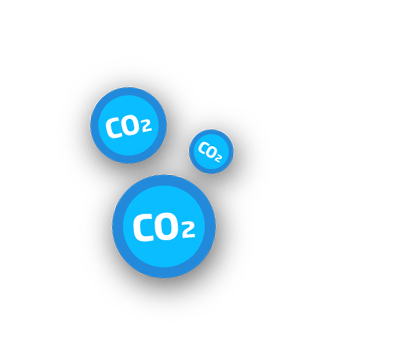
While governments work together to avoid the unmanageable by cutting carbon dioxide and solve the root cause of ocean acidification, regional action needs to be taken now to reduce local causes and manage the unavoidable consequences of past emissions.
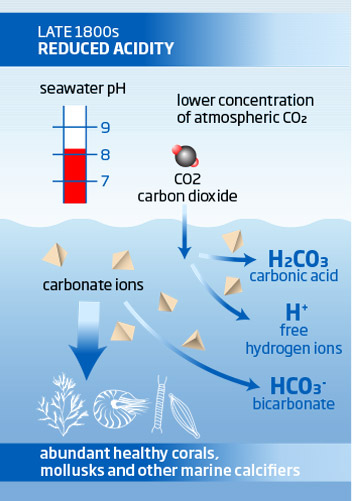
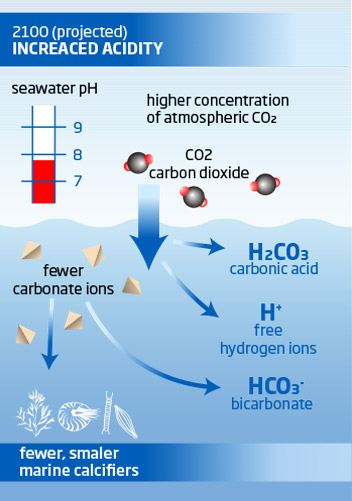
“The Mediterranean Sea is considered a small-scale ocean with high environmental variability and steep physicochemical gradients within a relatively restricted region. Its circulation is characterized by zonal gradients of physicochemical variables, with salinity, temperature, stratification and alkalinity all increasing towards the east. The generally low-nutrient (from oligotrophic to ultraoligotrophic) waters offshore stand in contrast to many near-shore regions, often containing coral and seagrass ecosystems, which are affected by human-induced eutrophication. Thus acidification is an additional anthropogenic pressure on Mediterranean Sea ecosystems, already suffering from overfishing, increasing sea surface temperatures, and invasions of alien species.”
With monitoring of our regional waters we can create better forecasts of future changes and make our planning & investments in correspondence.
HI98494
Portable pH/EC/DO Meter with Bluetooth
Functional and accurate, this meter is capable of testing 12 different water quality parameters using pH, EC, and optical DO sensors. Transfer data to a smart device for review or sharing with the integrated Bluetooth connection and Hanna Lab App. Device is waterproof ( meter rated IP67, probe rated IP68). It has automatic interval logging of up to 45,000 samples or log-on-demand. HI98494 is perfect for environmental and industrial professionals.
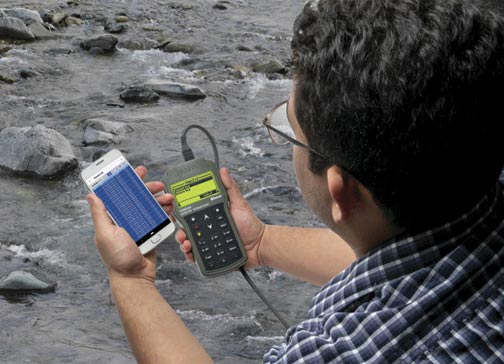
HI9829
Multiparameter pH/ISE/EC/DO/Turbidity
Waterproof Meter with GPS option
Waterproof Meter with GPS option
The HI9829 is a waterproof portable logging multiparameter meter that monitors up to 14 different water quality parameters. The microprocessor based multi-sensor probe allows for the measurement of key parameters including pH, ORP, conductivity, dissolved oxygen, turbidity, ammonium, chloride, nitrate, and temperature. The probe transmits readings digitally with options to log data while disconnected from the meter. An optional GPS provides location tracking of measurements. The complete system is simple to setup and easy to use. The HI9829 is highly customizable and supplied with all necessary accessories, packaged in a durable carrying case.
Two probes to choose from (Basic or Logging)
The HI7609829 (basic) and HI7629829 (logging) are multiparameter probes for use with the HI9829 portable meter. It is an option to choose which probe will be supplied with the HI9829. By default the HI9829 and corresponding probe will be supplied with a pH/ORP, conductivity and dissolved oxygen sensors. Either probe can be upgraded to measure turbidity with a turbidity/conductivity sensor.
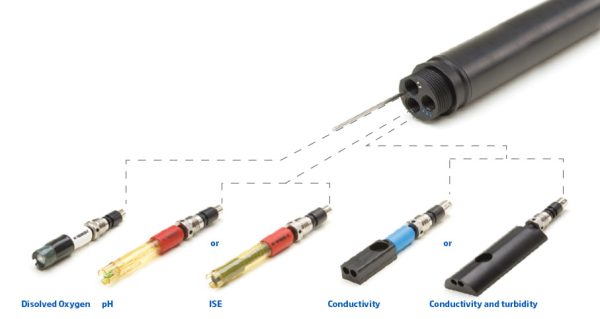
HI98198
Portable Optical DO (opdo) meter
HI98198 uses a luminescent optical method for the measurement of dissolved oxygen in water and wastewater.
This professional, waterproof meter complies with IP67 standards and measures:
- DO
- barometric
- pressure
- BOD
- temperature
The HI98198 is supplied complete with all accessories including probe, smartcap sensor with built in RFID, and a rugged carrying case.
Advantages: HI98198 Dissolved Oxygen Meter has many advantages over other Galvanic and Polarographic Dissolved Oxygen Meters. This meter uses HI764113 Rugged Optical Dissolved Oxygen Probe for Dissolved Oxygen measurement which has following benefits.
- No membranes
- No electrolytes
- No oxygen consumption
- No flow dependence or minimum flow rate
- Fast and stable readings
- Minimal maintenance
HI801
Spectrophotometer iris
IRIS portable spectrophotometer is unlike any of the products we have created in the past. It is different from our photometers as it allows for measurement in the spectrum of all wavelengths of visible light and not just pre–specified wavelengths. Spectrophotometers work by isolating light at specific wavelengths from white light. This compact meter incorporates a number of features that facilitate both fantastic performance and exceptional usability.
- Advanced split beam optical system
- Rechargeable li-ion battery
- User customizable methods
Aquaculture parameters include alkalinity, calcium, nitrite, and phosphate which are critical to maintaining a healthy system. It also contains parameters specific to either a marine or freshwater environment. You can also measure dissolved oxygen, ammonia, calcium, free chlorine, total chlorine, copper, nitarte which are important parameters for aquaculture.
Author:
Nives Vinceković Budor, mag.ing.chem.ing.
Nives Vinceković Budor, mag.ing.chem.ing.
Source:
https://ocean.si.edu/ocean-life/invertebrates/ocean-acidification
https://www.noaa.gov/education/resource-collections/ocean-coasts/ocean-acidification
https://www.ucsusa.org/resources/co2-and-ocean-acidification
https://www.frontiersin.org/articles/10.3389/fmars.2019.00322/full
https://www.iucn.org/theme/marine-and-polar/our-work/climate-change-and-ocean/ocean-acidification
http://medsea-project.eu/
https://www.britannica.com/science/ocean-acidification https://media.nationalgeographic.org/assets/file/one-ocean-chapter-3.pdf
https://ocean.si.edu/ocean-life/invertebrates/ocean-acidification
https://www.noaa.gov/education/resource-collections/ocean-coasts/ocean-acidification
https://www.ucsusa.org/resources/co2-and-ocean-acidification
https://www.frontiersin.org/articles/10.3389/fmars.2019.00322/full
https://www.iucn.org/theme/marine-and-polar/our-work/climate-change-and-ocean/ocean-acidification
http://medsea-project.eu/
https://www.britannica.com/science/ocean-acidification https://media.nationalgeographic.org/assets/file/one-ocean-chapter-3.pdf

